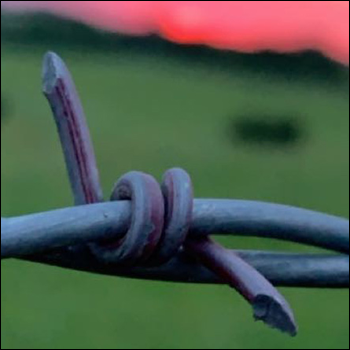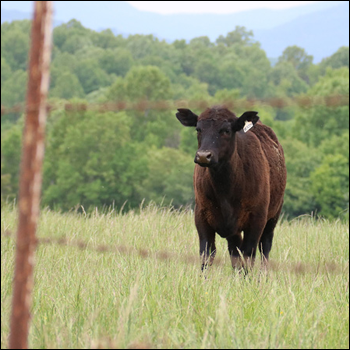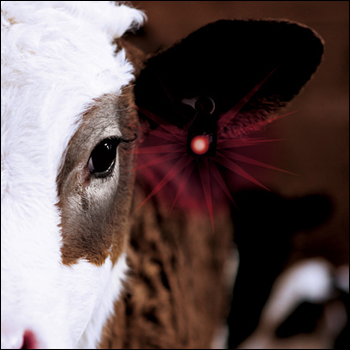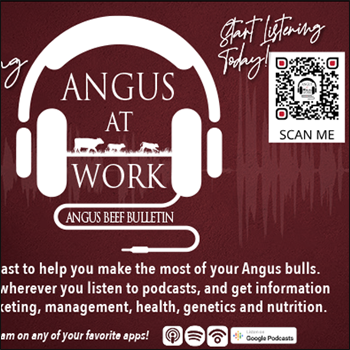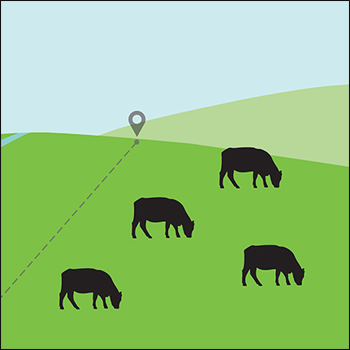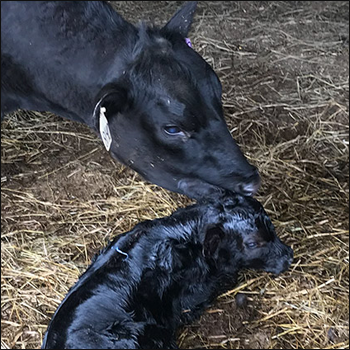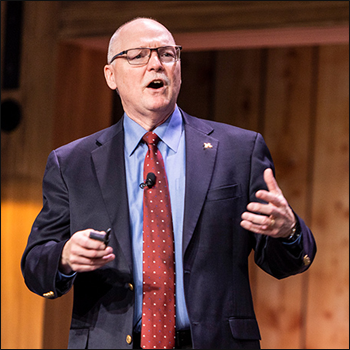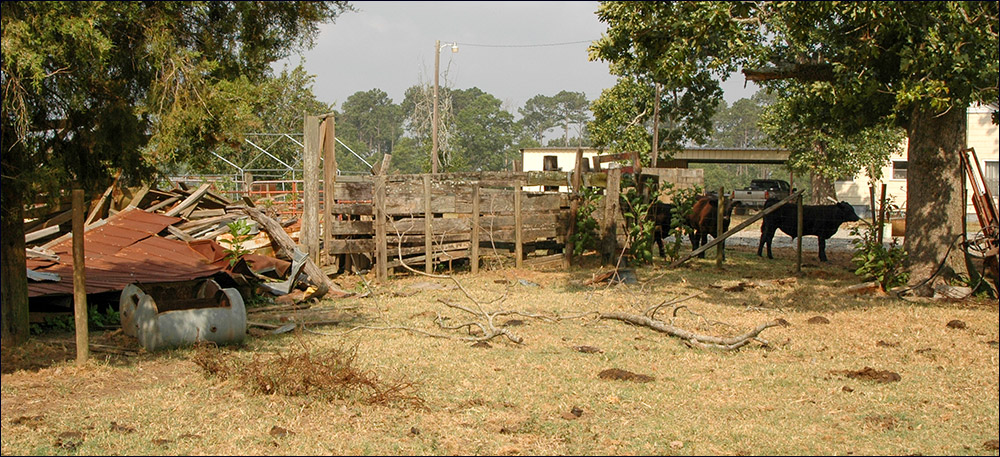
Hardware Disease in Beef Cattle
Tips to diagnose, treat and prevent hardware disease.
Hardware disease is a common term for bovine traumatic reticuloperitonitis. It is usually caused by the ingestion of metallic objects like nails, screws or wire. The piece of metal settles in the compartment of the stomach called the reticulum. The weight of the object and the anatomy of the reticulum is a virtual guarantee the metal will remain in the reticulum.
Contractions of the reticulum result in the metal irritating or penetrating the lining of the stomach. If the stomach lining is penetrated, the object potentially gains access to the heart. This results in several possible scenarios, including local infection, leakage of fluid from the reticulum and, the most severe, a puncture of the sac around the heart. Accordingly, hardware disease can be mild, severe or fatal.
Hardware disease can be difficult to conclusively diagnose, and clinical signs will vary based on where the hardware has penetrated. Symptoms include the animal standing with its head and neck extended, weight loss, pain, decreased appetite, arched back, reluctance to walk or eat, and audible grunting when forced to move. Producers should consult with their veterinarian if hardware disease is suspected. Successful treatment of hardware disease can be achieved by use of antibiotics and administering a magnet into the forestomach using a balling gun.
The best prevention of hardware disease is good management. Keeping pastures and feeding areas clean by picking up wire, metal objects and debris is critical. Placing magnets in feedmills and harvesting equipment is also beneficial. Spending the extra time it takes to eliminate the potential of cattle ingesting sharp metallic objects greatly reduces the risk of cattle getting hardware disease.
Editor’s note: Mark Johnson is an Oklahoma State University Extension beef cattle breeding specialist. Photo by Becky Mills. We want to give you more of what you want. Let us know what that is! Please follow this link to take our biennial reader survey https://bit.ly/ABBreadership22e.

Angus Proud
In this Angus Proud series, Editorial Intern Jessica Wesson provides insights into how producers across the country use Angus genetics in their respective environments.
 Angus Proud: Scott Sproul
Angus Proud: Scott Sproul
Oklahoma operation learned wisdom of moving calving season to better suit their marketing needs.
 Angus Proud: Bubba Crosby
Angus Proud: Bubba Crosby
Fall-calving Georgia herd uses quality and co-ops to market calves.
 Angus Proud: Jim Moore
Angus Proud: Jim Moore
Arkansas operation retains ownership through feeding and values carcass data.
 Angus Proud: Les Shaw
Angus Proud: Les Shaw
South Dakota operation manages winter with preparation and bull selection.
 Angus Proud: Jeremy Stevens
Angus Proud: Jeremy Stevens
Nebraska operation is self-sufficient for feedstuffs despite sandy soil.

